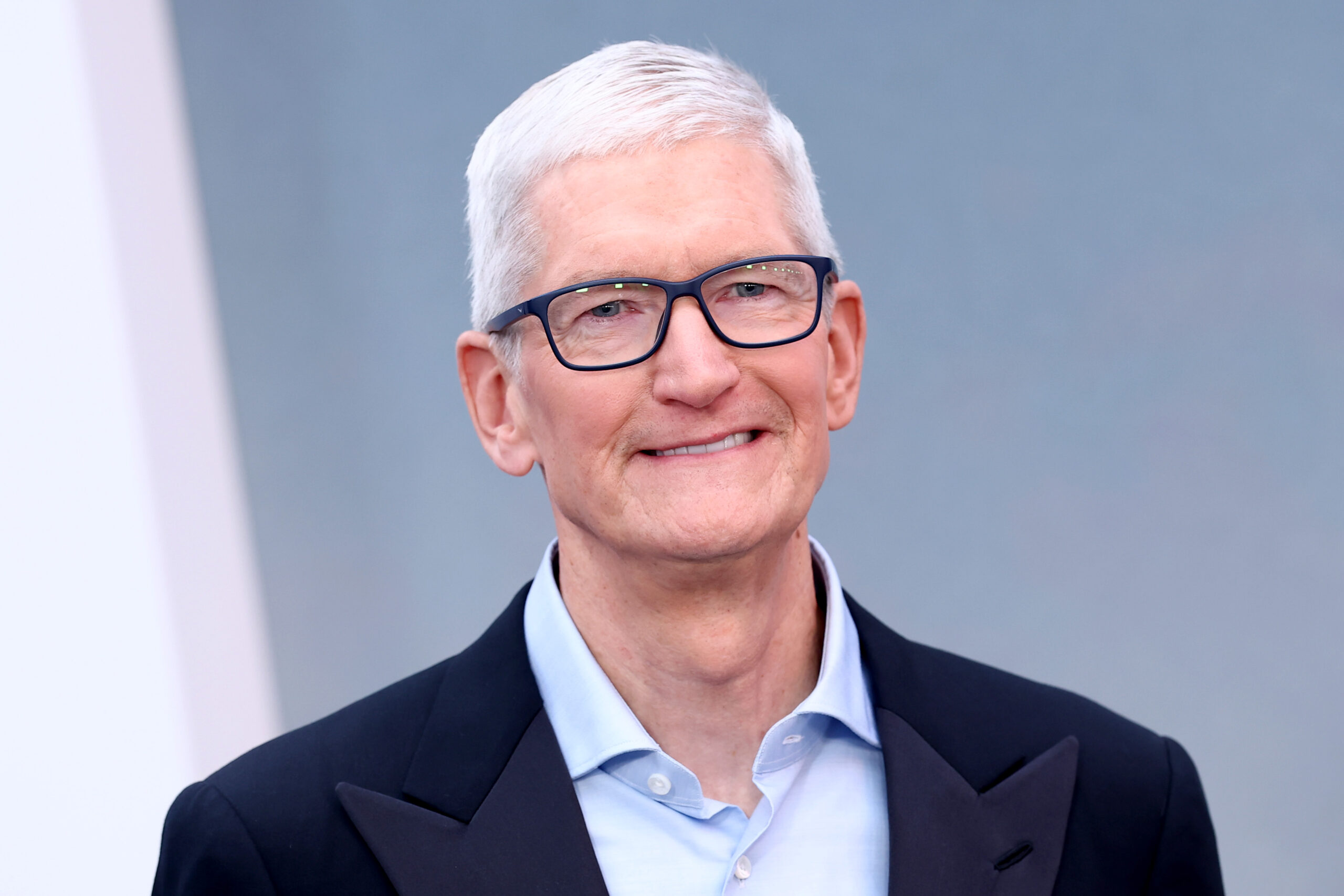
Apple may be the tech company most exposed to the Trump-era global tariffs, with the majority of its iPhones still manufactured in China. But the company calmed Wall Street’s concerns with its latest financial results, which showed a surge in iPhone sales. CEO Tim Cook also laid out a roadmap to ease the impact of levies.
During the April–June quarter, Apple’s revenue jumped 10 percent year-over-year to $94 billion, while net income rose 9 percent to $23.4 billion. While both figures beat analyst expectations, Apple shares were mostly flat today (Aug. 1).
A key driver of that growth was a 13 percent increase in iPhone sales, which climbed to $4.6 billion. Apple attributed the spike in part to customers rushing to buy smartphones ahead of anticipated tariff-related price hikes. The company is currently facing a 30 percent levy on imported Chinese-made products.
In May, Apple had warned analysts to expect a $900 million tariff hit for the quarter. The actual impact was closer to $800 million, Cook said on the earnings call. However, he projected that figure could rise to $1.1 billion in the next three months.
To mitigate future tariff costs, Apple is accelerating its domestic manufacturing efforts. In February, it announced plans to invest $500 billion to expand U.S.-based production through new facilities, increased hiring, sourcing chips from local suppliers, and—as announced last month—launching a manufacturing academy in Detroit.
Apple also saw gains in its non-iPhone business. While sales of iPads and Apple Watches declined, Mac revenue rose 15 percent year-over-year to $8 billion during the quarter. The Services division, which includes Apple News+ and Apple TV++, grew 13 percent to $27.4 billion, marking an all-time high.
Apple TV+ had a particularly strong quarter. Boosted by hits like the F1 film and shows Severance and The Studio, which together earned 50 Emmy nominations, viewership surged by “strong double digits” during the quarter, according to Cook.
The company also signaled momentum on its long-developing A.I. strategy, which has so far trailed competitors. Apple plans to significantly increase its investment in the technology, said CFO Kevan Parekh, though he did not disclose specific figures. The company also intends to shift more employees to A.I.-focused teams.
To date, Apple’s A.I. work has resulted in over a dozen new features, including writing tools and visual intelligence capabilities. However, unlike rivals such as OpenAI, Meta, and Alphabet, Apple isn’t racing to release new hardware centered on the technology.
Instead, the company is doubling down on the iPhone. “It’s difficult to see a world where iPhone is not living in it,” said Cook. “That doesn’t mean that we are not thinking about other things as well, but I think that the devices are likely to be complementary devices, not substitution.”
<




